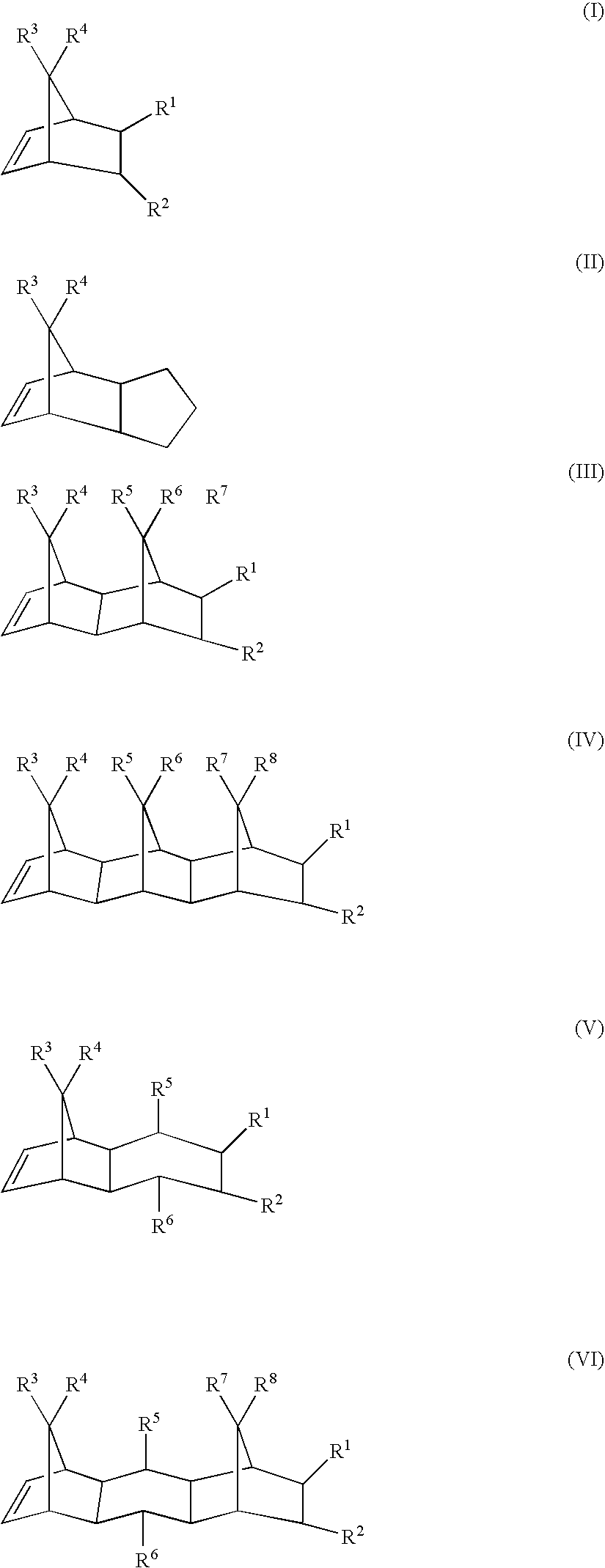Transparent polyester film with enhanced water vapor barrier, its production and use
- Summary
- Abstract
- Description
- Claims
- Application Information
AI Technical Summary
Benefits of technology
Problems solved by technology
Method used
Image
Examples
example 1
[0082] Chips of COC and polyethylene terephthalate were supplied in a mixing ratio of 50:50 directly to the extruder (twin-screw extruder ZSK from Werner & Pfleiderer) for the outer layer A. In the extruder the two materials were extruded at a temperature of about 300.degree. C. The melt was filtered, shaped to a flat film in a multilayer dye, and laid as outer layer A over the base layer B. The multilayer film was discharged via the dye lip and solidified on a chill roll. The residence time of the polymers in the extrusion was about 5 minutes.
[0083] Chips of polyethylene terephthalate were dried to a residual moisture content of less than 100 ppm at a temperature of 160.degree. C. and supplied to the extruder for the base layer B.
[0084] Additionally, chips of polyethylene terephthalate and antiblocking agent were dried to a residual moisture content of 100 ppm likewise at 160.degree. C. and supplied to the extruder (twin-screw extruder ZSK from Werner & Pfleiderer) for the outer la...
example 2
[0088] As in Example 1, a three-layer film ABC with an overall thickness of 23 .mu.m was produced by coextrusion. The outer layer A now had a thickness of 4 .mu.m. The composition of the other layers was unchanged.
6 Outer layer A: 50% by weight of COC (.RTM. Topas 8007 from Ticona, Germany, having a T.sub.g of about 75.degree. C.) 50% by weight of polyethylene terephthalate having an SV of 800.
example 3
[0089] As in Example 1, a three-layer film ABC with an overall thickness of 23 .mu.m was produced by coextrusion. The outer layer A had a thickness of 4 .mu.m. In contrast to the previous examples, component 11 in the outer layer A was now 50% by weight of an amorphous copolyester of 78 mol % ethylene terephthalate in 22 mol % ethylene isophthalate (prepared by the transesterification method with Mn as transesterification catalyst, Mn concentration: 100 ppm). The composition of the other layers was unchanged.
7 Outer layer A: 50% by weight of COC (.RTM. Topas 8007 from Ticona having a T.sub.g of about 75.degree. C.) 50% by weight of polyester comprising an amorphous copolyester of 78 mol % of ethylene terephthalate and 22 mol % ethylene isophthalate (prepared by the transesterification method using Mn as transesterification catalyst, Mn concentration: 100 ppm).
PUM
| Property | Measurement | Unit |
|---|---|---|
| Percent by mass | aaaaa | aaaaa |
| Percent by mass | aaaaa | aaaaa |
| Percent by mass | aaaaa | aaaaa |
Abstract
Description
Claims
Application Information
 Login to view more
Login to view more - R&D Engineer
- R&D Manager
- IP Professional
- Industry Leading Data Capabilities
- Powerful AI technology
- Patent DNA Extraction
Browse by: Latest US Patents, China's latest patents, Technical Efficacy Thesaurus, Application Domain, Technology Topic.
© 2024 PatSnap. All rights reserved.Legal|Privacy policy|Modern Slavery Act Transparency Statement|Sitemap



